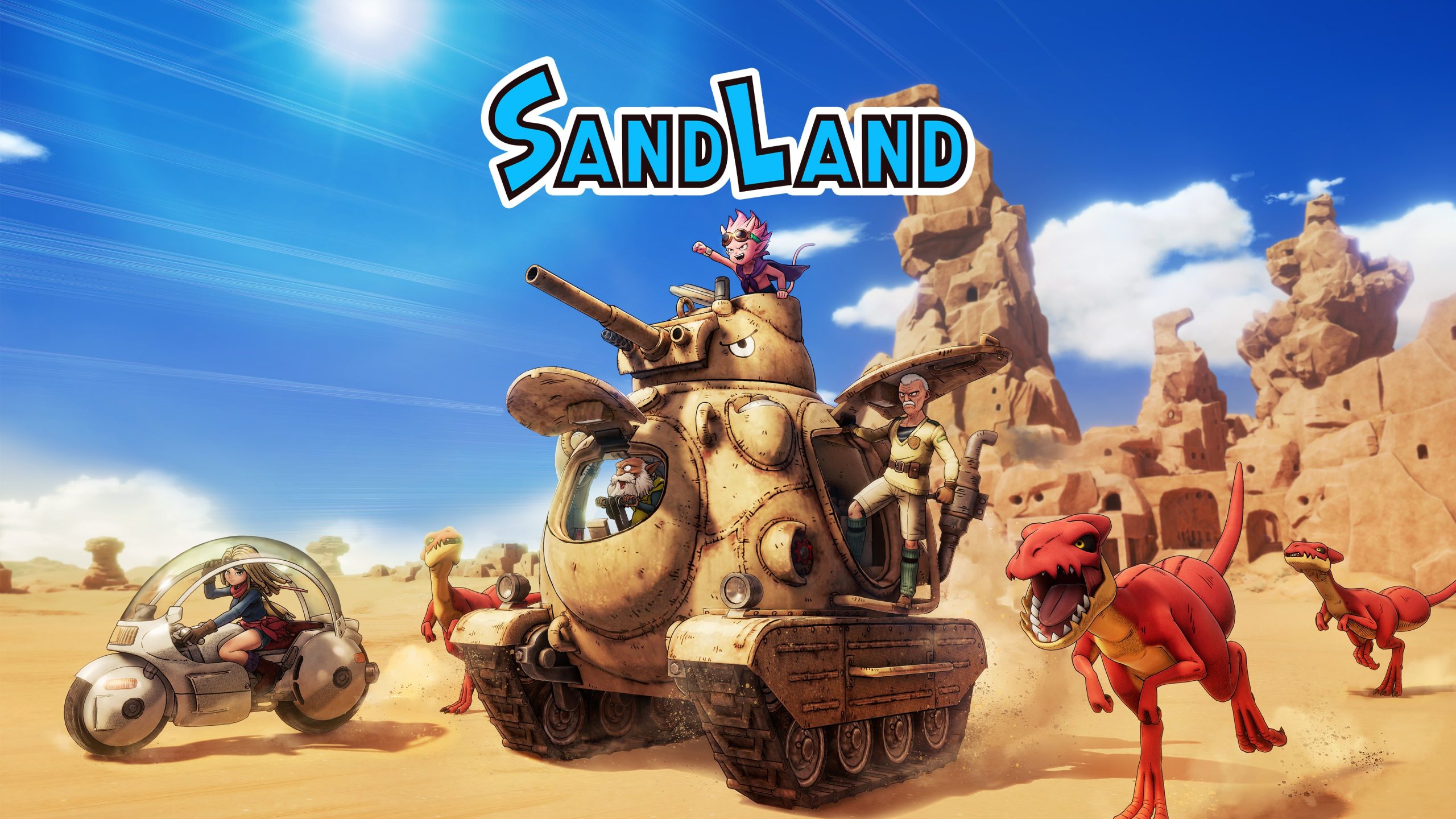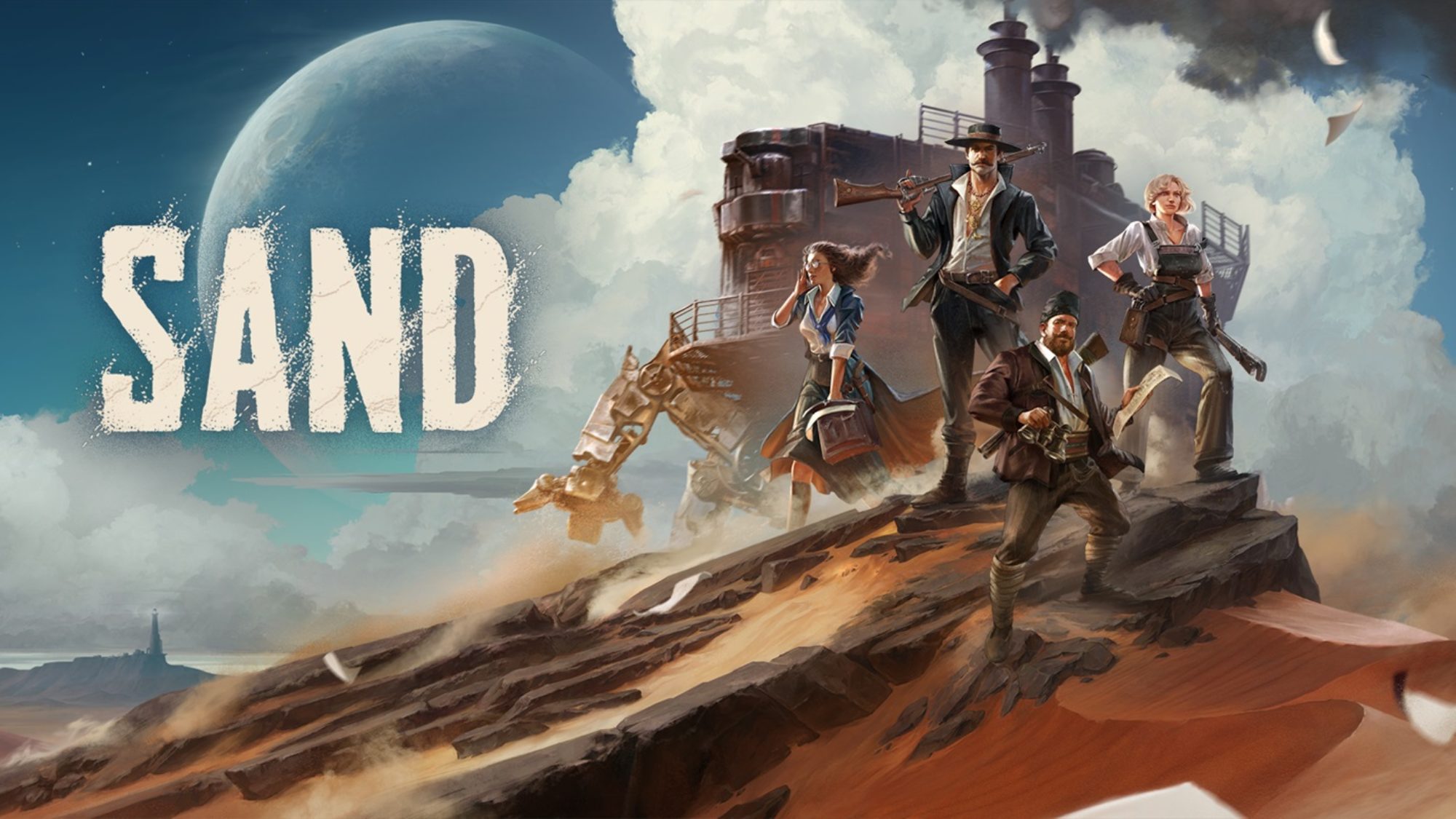Akira Toriyama passed away at the beginning of March, unexpectedly, while he was actively involved in multiple projects. Notably, there is Dragon Ball Daima scheduled for release this year, 2024, and the revival of his earlier work, Sand Land, which originally appeared as a short manga when it was first created in 2000. What started as a modest project over two decades ago has evolved into a significant multi-media endeavor today. The initial animated film was released in August 2023 in Japan but is not available in France. This 1 hour and 45-minute film retells the story of the original manga. While there is no Western release for this film, a 13-episode series began airing on Disney+ starting March 20 last year, with seven episodes already available. The remaining episodes are released weekly, adding new content every Wednesday, continuing Toriyama’s narrative while adhering to his initial vision. Furthermore, an upcoming video game is set for release on April 26, 2024, alongside the releases of TopSpin 2K25 and Stellar Blade. Today’s discussion will focus on this video game, which benefited from Akira Toriyama’s direct involvement with Bandai Namco in its development. I had the opportunity to experience the open world aspect of the game at a recent event in Paris last week. My initial impressions using the controller are shared below.
THE SAND SEA
For beginners or the younger audience, Sand Land is a story featuring three main characters. It begins with Beelzebub, a variant of Belzebuth, who is depicted as the prince of demons and serves as the primary protagonist. He is accompanied by Thief, his guardian, and Rao, a somewhat daring sheriff. This setup deviates from conventional shonen norms and codes, particularly evident in the inclusion of a pink creature and two elders. Typically, such elements are side characters, mentors, or have little relevance to the main narrative. Akira Toriyama, following ten years after Dragon Ball, sought to explore new directions with Sand Land. One unique aspect is that this project allows players to embody the trio through dedicated missions rather than real-time switching, enhancing the storytelling experience.
Together, they must locate the legendary source capable of resolving the ongoing water shortage, thereby addressing the needs of humans as well as other creatures. This aspect also delves into the concept of coexistence between two species, which is subtly examined throughout. In summary, while searching for the location of this mythical fountain, players will become acquainted with these characters and their gameplay mechanics within a desert world setting. One might then ask: if the game adheres strictly to the manga, could it result in an open-world desert experience throughout the entire adventure? This is a valid concern given that many players perceive deserts as empty and lifeless landscapes, potentially leading to boredom. However, this perspective overlooks the possibility demonstrated by Mad Max, developed by Warner Bros. Interactive Entertainment and Avalanche Studio and released on PS4 and Xbox One in 2015, which shows that a desert setting can be revitalized and engaging.
TORIYAMA PUR STYLE
The comparison is somewhat uncertain since I have not yet received the final version of Sand Land, and it remains unclear if its open world will match the quality of Mad Max’s. However, Bandai Namco’s title distinguishes itself through the use of vehicles that players can pilot. Beelzebub has access to five different machines via a drop-down menu, similar to Bulma and her father’s capsules in Dragon Ball. There are indeed several similarities between Sand Land and Dragon Ball, as both series are set within the same universe called The World, which was created by Akira Toriyama. Returning to the vehicles, there are five that players can carry between missions, though many more appear throughout the game. Players will have the option to choose which vehicles to transport, with the possibility of customizing and evolving them as they progress. This customization is done in peace hubs such as bases or villages where new weapons can be added to vehicles, paints or emblems can be applied for personal style, and various other modifications are possible.
Assault vehicles in the game include bipedal robots, motorcycles, hovercrafts, among others, each adaptable for various situations. Each type of vehicle is designed for specific terrains or combat scenarios. For example, the motorcycle excels in rapid movement across open landscapes, while bouncing robots provide access to high and otherwise unreachable areas. To be most effective against hostile enemies and fauna, it is highly recommended to use an assault vehicle. The hovercraft, on the other hand, is ideal for water travel, commonly seen in dungeons. Notably, Beelzebub can summon these vehicles almost instantly, enhancing mobility during exploration or platform-based sections of gameplay. However, players must be aware that these machines are not invincible and require careful management of ammunition reserves.
OPEN WORLD, EXPANDING UNIVERSE
Meanwhile, the locations are governed by an army led by a man named Muniel, who is a fierce dictator despite his youthful appearance. He aims to secure a reserve of Aquanium, a powerful yet dangerous resource, to save his country. Beelzebub and his allies must thwart Muniel’s plans by combating both his forces and generals. To prepare for battle, Beelzebub can engage in hand-to-hand combat and, due to his demon status, outmatches humans. Additionally, he possesses the ability to use dark magic, a feature not yet implemented in the game version we experienced. The primary objective was to acquaint ourselves with the three characters, which we will be able to embody in specific scenarios, such as an infiltration mission where Beelzebub disguises himself as Santa Claus. While these stealth mechanics were relatively basic, at least the AI demonstrated greater awareness compared to that of the samurai in Rise of the Ronin.
Regarding the open-world construction, it is challenging for me to provide a comprehensive comment after 3/4 hours of gameplay. However, I can observe that the game builds upon current trends by incorporating main missions, side quests, and various auxiliary activities to diversify scenarios and prolong gameplay duration. This aspect holds significant interest as the game delves beyond the original short manga, expanding its lore. There is great anticipation for this expansion due to the high level of faithfulness observed so far. The experience genuinely immerses players in both the manga and the anime, considering that a film and series have been released. Bandai Namco and Studio ILCA have done commendable work on graphical rendering, creating an impression akin to watching the manga come to life. The game retains its distinctive artistic style characteristic of manga, featuring vibrant colors, crayon-like effects on drawing edges, and outlined contours. Vehicles are particularly well-represented, and I appreciate the depiction of the desert ambiance, which effectively conveys a sense of heat through distorted imagery in the distance.
Our level of anticipation for this Sand Land video game version is quite high, as it promises to introduce us to a lesser-known world and story conceived by Toriyama immediately following Dragon Ball. We look forward to an engaging open world to explore, thrilling missions, and the inclusion of Toriyama’s signature humor, possibly even unexpected cameos such as Goku appearing in the game.
Have any thoughts?
Share your reaction or leave a quick response — we’d love to hear what you think!



